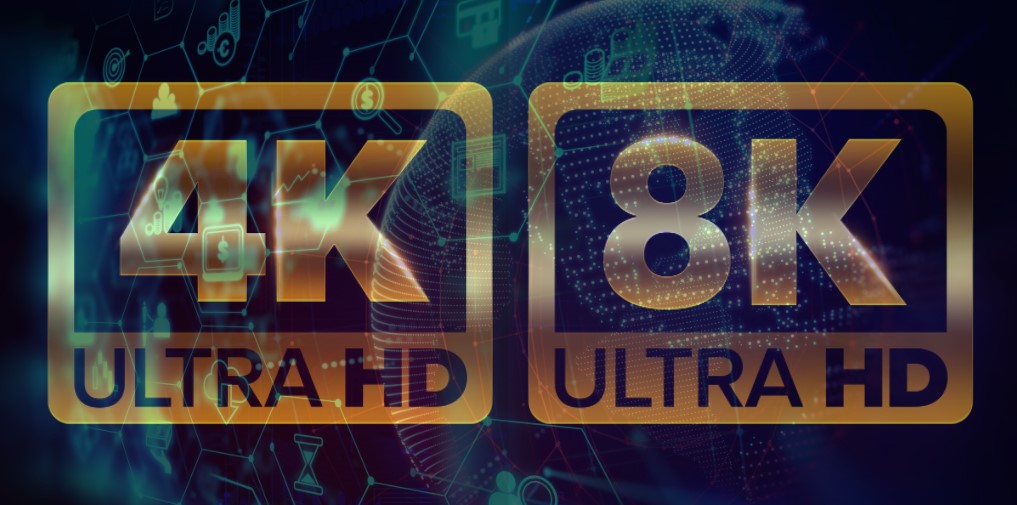Technology in digital media has improved vastly over the past decade and nowadays people have the option to purchase televisions, laptops, and smartphones that come with 4K or 8K UHD (Ultra High Definition) features that greatly enhance the video and image quality. Especially for 8K resolutions where the video content quality is so good that you can easily see the fine details in the images or video that is display on the screen. The only problem for 8K technology is that it is still new in the consumer market and there aren’t as many contents in the media as compared to 4K video contents, especially in live streaming events. While there are many reasons for this issue, allow me to introduce the main difference between 4K and 8K live streaming in this article so you can get a better understanding of this topic.
As a start, it is good to understand the technical difference between 4K and 8K resolution. A 4K resolution has a dimension of 3820 x 2160 pixels that are displayed on the monitor screen and an 8K resolution is double of 4K which is 7640 x 4320 pixels. The frame rate of 4K runs in 60 fps (Frames Per Second) and 8K runs in 120 fps. The color depth for 4K is 10-bit whereas it is 12-bit for 8K. 4K supports up to 5.1 audio channels while 8K can support 22.2 audio channels. 4K has a 55-degree viewing angle but 8K can support a 100-degree horizontal viewing angle. In short, 8K UHD resolutions and other specifications are simply double of 4K.
When it comes to Live streaming using 4K or 8K technology, the situation is rather different for the hosting companies and the professional video studio agencies. Cost is actually the main factor as broadcasting stations need to invest more to create 8K video contents for their channels to broadcast and companies will need to pay more to host live streaming events in 8K resolutions as compared to 4K. The same applies to the video studio agencies where they also need to purchase equipment sets like 8K cameras and upgrade their software to create 8K video content during the production process.
In terms of broadcasting 8K using the global network, there are reports that some countries are still unable to get the full 8K video content to be broadcast efficiently to their country despite having the 8K support devices. It could due to the country’s physical network infrastructure or restricted by the internet speed that often causes distortions or lagging issues during the live broadcasts.
Although 8K display resolution will replace 4K eventually, just like how 4K technology has replaced 2K in the market. It will still take some time for the world to adapt to 8K technology in the media and live streaming events but it is a matter of time where more 8K video contents and live streaming events will be broadcast shortly.

